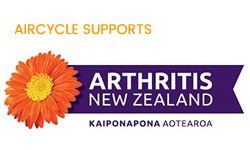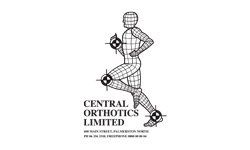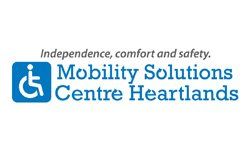
We Ship Worldwide
Credit Card orders from all countries accepted by phone 0800 14 14 15
Improve Parkinson's
Why is exercise helpful for people with Parkinson’s?
Everyone knows the saying “Use it or lose it!” People with Parkinson’s often experience physical changes to their body which, over time, can lead to a forward bending posture and stiffness throughout the body in joints and muscles.
These changes occur slowly and with the right sort of regular exercise you can significantly delay their onset. Regular exercise is also important to keep your mind and body healthy. Unfortunately having Parkinson’s doesn’t mean you won’t develop other health issues and staying physically active will help keep you as healthy as possible.
Muscle strength can delay symptoms
Just as some muscles tighten, the opposite muscles can also weaken and need specific strengthening. Weak leg and trunk muscles make it difficult to get up from a chair and to get up and down from the ground to garden or play with grandchildren. Weak muscles may also affect your walking and balance.
Maintain muscles for better balance
Balance is often affected as Parkinson’s progresses and it is beneficial to start working on improving or maintaining balance as soon as you are diagnosed with Parkinson’s. There are many ways to improve balance. Exercise to build balance is a key tool to prevent falls.
Aircycle exercises make exercising easy
Aircycle enables people to keep muscles and joints moving while you sit. It is important to keep moving with regular exercise such as Aircycle to maintain your abilities, strengthen your muscles, increase mobility in your joints and build up general fitness and health.
If you are unsteady on your feet or rely on a mobility aid, you may be able to safely do some seated exercises such as Aircycle.
It is not a hard workout—just something simple and enjoyable to do while watching TV or sitting doing other things. The Aircycle exercises move and help increase flexibility in hands, shoulders, neck, legs, knees, hips and lower back. Working these muscles helps to strengthen them. Stronger leg muscles mean better balance and easier mobility.
Talk to your doctor before undertaking any exercise program. It is also recommended that everybody with Parkinson’s has regular physiotherapy reviews and a physiotherapist can provide a tailored exercise program that will address your specific needs.
***Thank you to Parkinson’s New Zealand (http://www.parkinsons.org.nz/) for providing us with information on Parkinson’s.






















